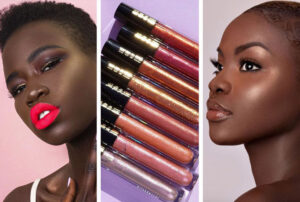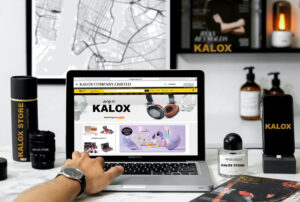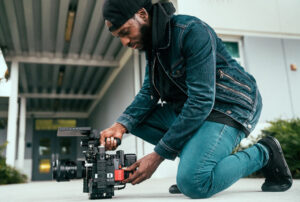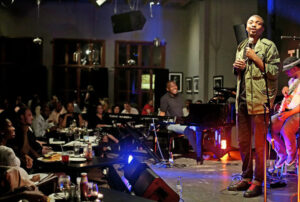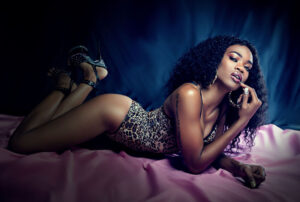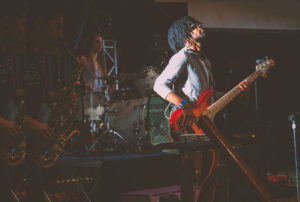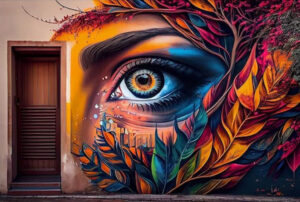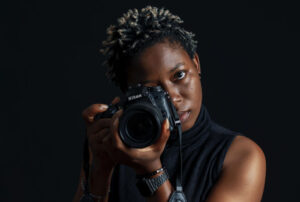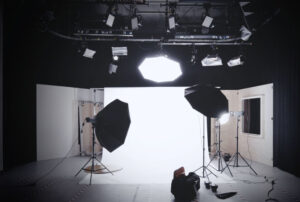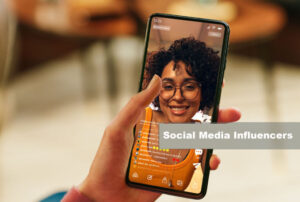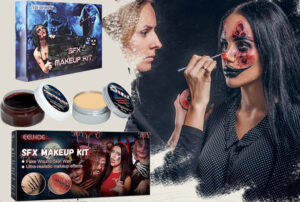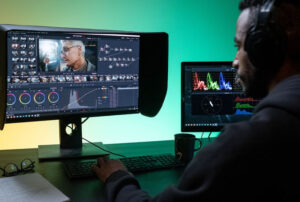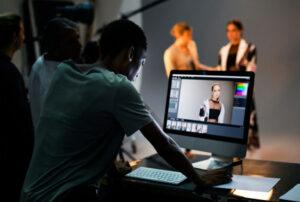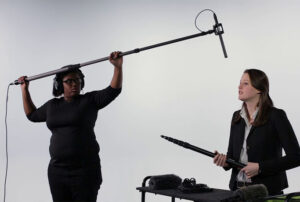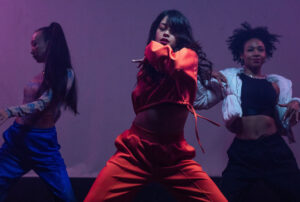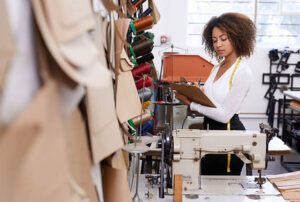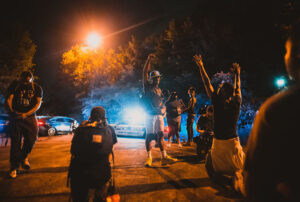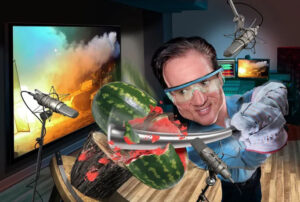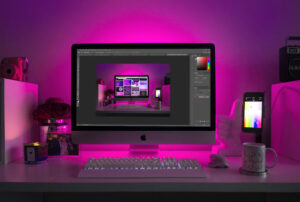AUDITION TOOLS
Audition Focus
Auditioning for a role in TV shows, films, commercials, etc., is exciting! However, to give a short performance to show that you are suitable for a part in a film, play, show, concert, commercial, etc.
Not knowing what to expect or even do to prepare can be nerve-racking. We have compiled the following information to help you prepare for an audition.
Focus Areas
Resume/CV
As an experienced talent, we expect you to have professional resumes highlighting your work experience. If you are new to the industry, you should be involved in different projects to get your resume written as soon as possible.
Add all relevant work experience as a talent, including classes and workshops you have completed, any roles you have played in films, TV shows, concerts, commercials, or any other relevant industry work.
Click here for an example of a Kalox Stars Talent formatted resume.
Note that all audition organizers always expect a resume from a talent when attending an audition. So, ensure you have your resume set with the correct information.
Professional Headshot
At Kalox Stars, we believe talent must have at least two (2) professional headshot pictures. The Following help guides you through instructions to expect when attending an audition:
Standard/Simplicity headshot: Audition organizers always focus on a simple square headshot. The focus is not on your clothes, patterns, hairstyle, or jewelry. They focus on the quality of the headshot and looks. Bright jewel tones, red, blue, green, and yellow clothes are a plus to the headshot. We advise you to stay away from white cloth when taking a headshot.
Our Recommendation
- Talent should have a casual look and a more excellent look when attending an audition as our options; go with different colors and tones of dresses, as you don’t know the type of backgrounds you will shoot against.
- Wear colors that bring out your eyes and compliment your skin tone.
- Avoid black, white, very bright, and patterns (solid colors are best).
Audition Clothes Necklines must be simple:
- Women: a simple scoop neck or a V-neck is best
- Men: a button-down, a polo shirt, or a dress T-shirt
Hire a hair and makeup stylist so you can look your best
- Hair: styled and neatly
- Makeup: light and natural
Shaving for men
- As a male talent, if you prefer to shave during a session, you can shave. We usually want to make the jaw look nice.
Obtain a variety of image options.
- Headshots specifically shouldn’t be too tight – we need room in each image to crop if needed; vertical images are best, though a few horizontal shots will work
- A talent should submit at least two (2) severe shots and two smiling shots (showing your teeth); three-quarter length or full-body shots are always helpful.
Headshot Examples

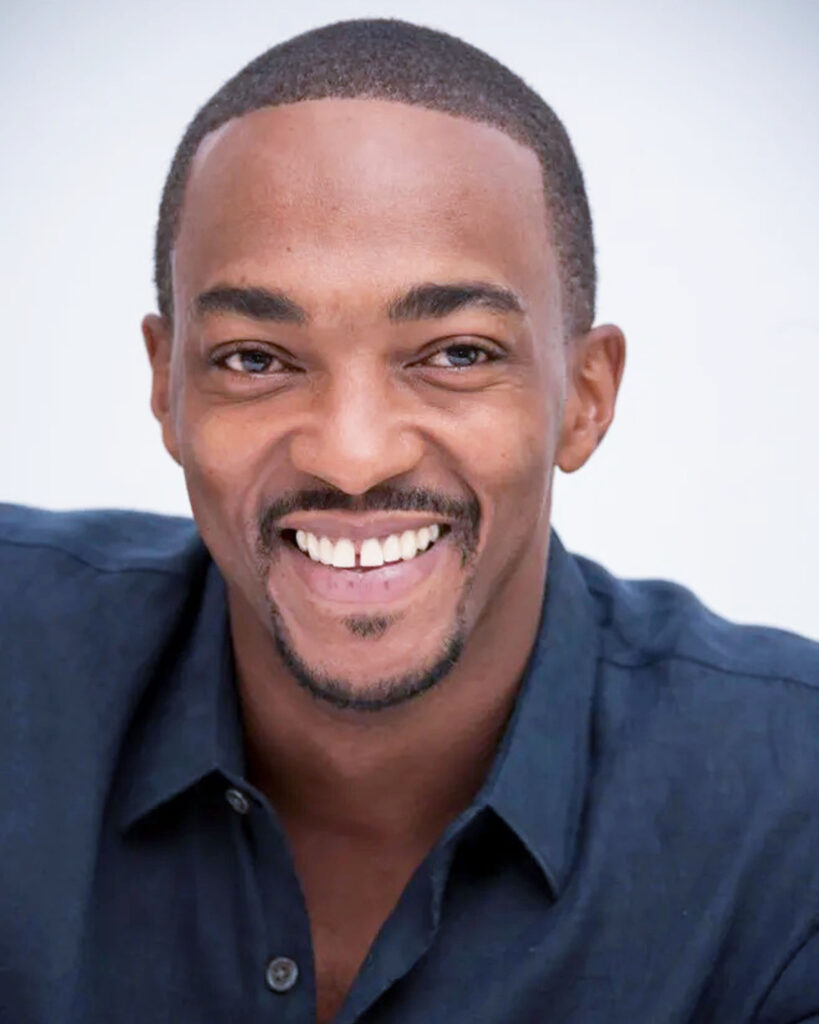


Different Headshot Types
Film (theatrical) and commercials headshots are as follows:
Commercial Headshots
- A commercial headshot is designed to appeal to the advertising industry.
- Commercial talent helps promote a product to a specific demographic.
- As a talent, you must show unique qualities in your headshot (Note that commercial headshots are about that broader appeal!).
Serious or smile? As a talent, whether you choose to smile or be serious depends on the type, but for the most part, smiling is recommended. A talent commercial headshot must be relatable and engaging.
If you typically play more challenging characters, your commercial shot should be your character on a good day.
Wardrobe. Typically, you want your commercial headshot to be warm and bright. Your headshot must be nice and likable audition organizers. We advise talents to wear a color that pops with a nice hairstyle with a nice smile. If you only have dark clothing, make sure your background is brighter.
Theatrical/Film Headshots
- A commercial headshot is designed to appeal to the advertising industry.
- Commercial talent helps promote a product to a specific demographic.
- As a talent, you must show unique qualities in your headshot (Note that commercial headshots are about that broader appeal!).
Serious or smile? This type of headshot is a bit defer from the commercial headshot. The theatrical/film headshots should be in confident expressions without a smile or a little smile, but it depends on the types of characters you are going out for.
Not all theatrical shots need to be stoic and severe. Think of the theatrical headshot as feeling more grounded.
Wardrobe. The character types you go out for will determine the wardrobe in this area. You should take at least 6 to 10 character “types” in your castability! The best you should do is ask yourself: How will you be cast? Are you going to get work as a president, doctor, actor, or lawyer? Or will you get selected for being an army soldier or a private detective?
Once you determine the roles, you’ll be submitted for, practice creating the right emotions and expressions that suit the role so you come across as that type in your photos.
When taking an actor’s headshot, you should select your best outfits to create the best character they are looking for. The more different looks you can create, the more comprehensive the range for your castings will be.
Don’t select your clothes just because you look good in them; instead, think about which outfits will help you portray those characters the best.
Comedic Headshots
comedic headshot is between the commercial and theatrical headshot.
- This type of headshot is used for stand-up comedies, romantic comedies, etc.
- This headshot should be colorful at least.
- It should also look a bit comic with a little smile.
Additional Pictures
In addition to headshots, it will be nice if you take other professional pictures showing you in various settings. Follow these guidelines:
Use your own “Camera or Phone.”
1) LANDSCAPE PICTURE. To get additional images with different settings, you will have to use a camera or phone. If you are using a camera, make sure to adjust the settings properly before taking a shot. If you are also using your phone, make sure that your phone camera is up to standard and use an additional light to get a brighter image. Do NOT flip your camera to take the traditional “selfie” where you can see yourself as you take the photo.
2) RECENT (URGENT) PHOTO. The audition organizers might request an urgent photo that translates to a photo taken within the last 24 hours. In this case, you are to submit an instant, natural representation of how you photograph yourself. They might want to know your current looks and hairstyle more than the last month they saw you.
3) LIGHTING. Light is key when it comes to photography. In this case, you should try to keep the photo natural if possible. If you don’t have a light then use a light from a window, or if going outside, keep the sun behind you to avoid casting unflattering shadows.
4) BASIC. You don’t have to do makeup, hairstyle, jewelry/accessories, and basic clothes.
5) NO PHOTOSHOP: Audition organizers want to see your natural look and current state. So, you don’t have to photoshop yourself or photo grid the image to look beautiful.
6) NO POSE. Mind you, these types of images are intended to show you in your natural state. So, you do NOT have to stress yourself by over-posing. The purpose of your digitals is to show you as you are. We advise you to kale a variety of angles to get the best. You should also add a few headshots.
7) OVERUSED PHOTOS. Talent usually overuses images by sending some of their professional photos over and over to one agency. Make sure you send your photos to the correct person and take note of any specifics requested of you. Know your audience.


